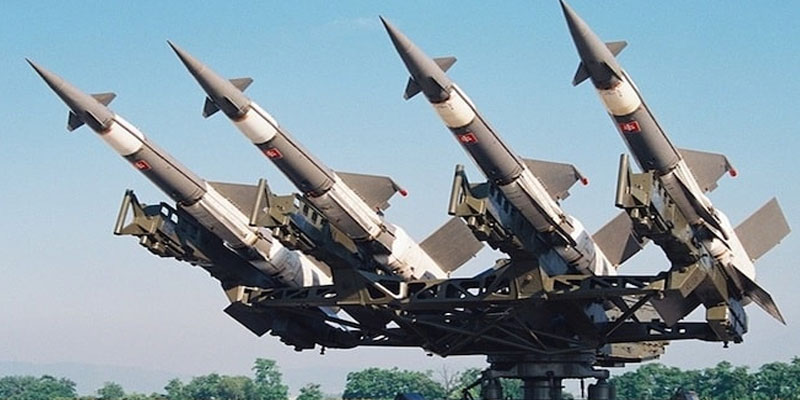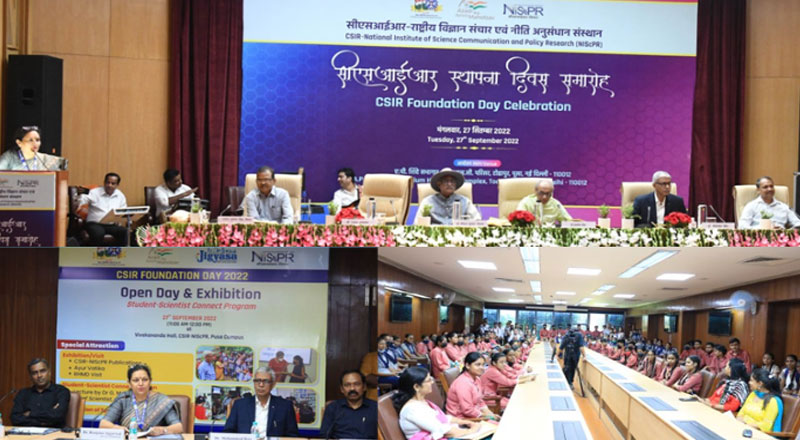Indigenous Power on the Rise
India is set to consider a ₹30,000 crore plan to buy three regiments of indigenous Quick Reaction Surface-to-Air Missile (QR-SAM) systems for the Army. This decision comes in the wake of the successful thwarting of multiple Pakistani drone and missile attacks during Operation Sindoor, thanks to India's robust air defence capabilities.
The QR-SAM, developed by the Defence Research and Development Organisation (DRDO), is designed to neutralize aerial threats such as drones, helicopters, and aircraft within a 25–30 km radius. With mobility and quick deployment as its key features, this missile system is tailor-made for fast-moving battle scenarios.
A Wake-Up Call: Operation Sindoor and the Foiled Attacks
During Operation Sindoor, conducted from 7 to 10 May, India faced a coordinated attempt by Pakistan to breach its airspace using Turkish-origin drones and Chinese missiles. These attacks were timed to test India’s preparedness and exploit potential vulnerabilities.
However, the Indian Army Air Defence (AAD) responded with exceptional agility, intercepting the threats in real time. The failure of Pakistani drones and missiles to penetrate Indian airspace was a testament to the layered air defence grid, which combines advanced radars, short-range missile systems, and electronic warfare units. This operational success not only neutralized the immediate threat but also exposed the limitations of imported drone technology from Turkey and China.
The Strength Behind India's Air Defence Ecosystem
India's air defence architecture has matured into a multi-layered network, seamlessly blending indigenous and imported technologies. Systems like the Russian S-400 Triumf (range: 380 km), Barak-8 (range: 70 km, developed with Israel), and Akash missile systems (range: 25 km) create concentric circles of protection.
The addition of QR-SAM regiments will reinforce this structure, particularly in tactical zones where mobility and rapid response are crucial. Each QR-SAM unit is capable of search, track, and fire-on-the-move, making it ideal for protecting fast-moving tank columns and infantry units in the battlefield.
DRDO has spearheaded this transformation by designing systems suited for Indian conditions—rugged terrain, all-weather operability, and electronic counter-resistance. Manufacturing partnerships with Bharat Electronics Limited (BEL) and Bharat Dynamics Limited (BDL) ensure scalability, maintenance, and strategic autonomy.
Army Air Defence: The Unsung Guardians
The Army Air Defence (AAD), often operating away from the spotlight, has emerged as a cornerstone of national security. Its role in intercepting aerial threats during Operation Sindoor showed how critical ground-based air defence is in a hybrid warfare environment where drones, missiles, and stealth technologies are increasingly employed.
AAD currently seeks 11 regiments of QR-SAMs to fill capability gaps in its arsenal. Alongside the Akash systems and legacy platforms like Igla-S (range: 6 km) and L-70 guns (range: 3.5 km), the new systems will add agility and accuracy to India’s defensive posture.
A Strategic Leap Toward Self-Reliance
India’s push to procure more indigenous QR-SAMs is not just a tactical decision—it reflects a strategic vision of military modernization and self-reliance under the ‘Aatmanirbhar Bharat’ initiative. By investing in homegrown defence technology, India reduces dependence on foreign suppliers, fortifies national security, and nurtures a defence industrial base with global aspirations.
Dominance in the Skies, Confidence on the Ground
The success of Operation Sindoor and the planned QR-SAM induction underscore a simple truth—India is ready, resilient, and rapidly rising. With DRDO at the helm of innovation and the armed forces demonstrating unmatched professionalism, India is not merely reacting to threats—it is setting the rules of engagement in a volatile region.
As drone warfare and precision missile strikes become the new normal, India’s air defence will ensure one thing remains unchanged: the safety of its skies and the strength of its resolve.
(With agency inputs)





















